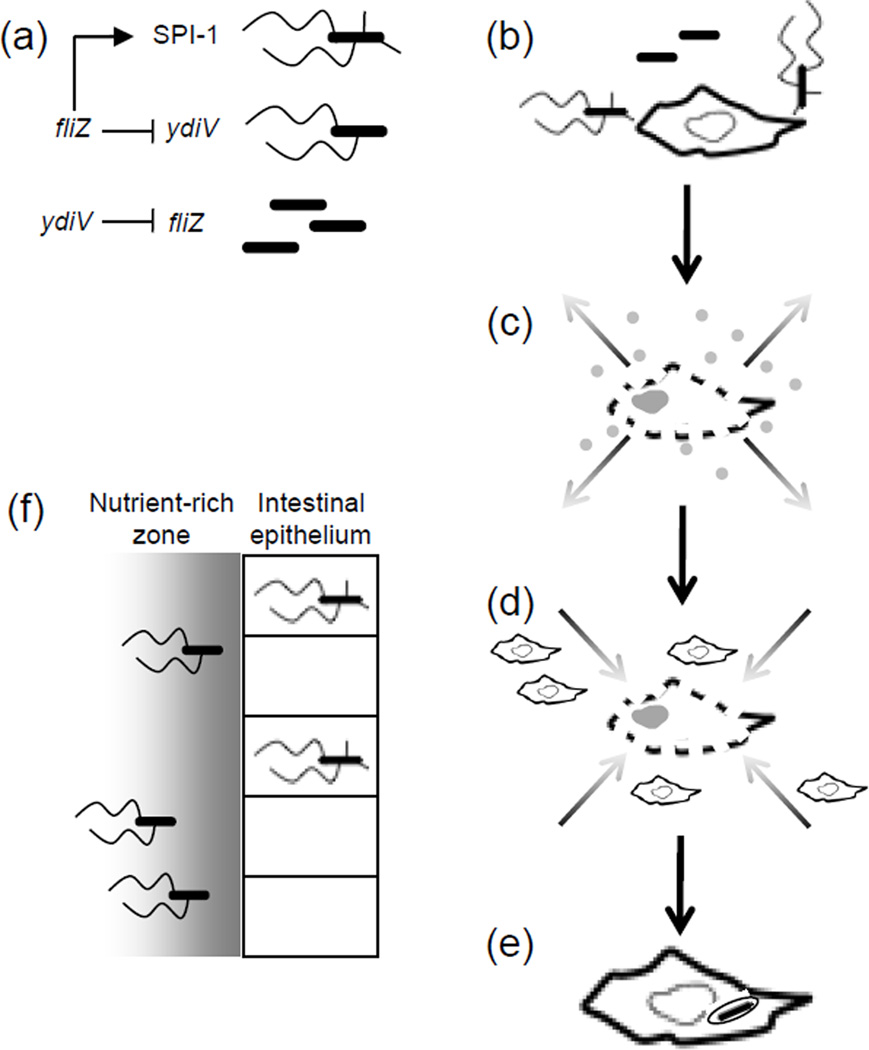Figure 4. Divison of labor during Salmonella infection.
(a) The regulatory relationship between the flagellar genes and the Salmonella pathogenicity island-1 type III secretion system (SPI-1 T3SS) generates three subpopulations with distinct properties and roles during infection. In cells where ydiV represses flagellar class II transcription, neither the flagellin filament protein FliC nor SPI-1 is expressed. Cells expressing the flagellar class II gene fliZ could form two subsets: FliC+ SPI-1− and FliC+ SPI-1+. (b–e) Division of labor between specialized Salmonella subpopulations during systemic infection: (b) FliC+ SPI-1+ Salmonella encountering macrophages in the Peyer’s patches trigger pyroptosis. (c) The resulting cell lysis and release of pro-inflammatory cell contents into the surrounding tissue induces (d) migration of neighboring macrophages into the area. (e) Uptake of FliC− SPI-1− Salmonella by incoming macrophages then accelerates dissemination to systemic sites. (f) During Salmonella colitis, the FliC+ SPI-1+ cells invade the intestinal epithelium and cause inflammation, releasing nutrients that allow luminal Salmonella to outcompete the microbiota. While invading bacteria are most often killed by host defenses, the non-invasive subsets are protected from this fate; additionally, the FliC+ SPI-1− subset is able to chemotax to the nutrient-rich zone near the epithelium, providing these cells with an advantage over the non-motile and non- invasive FliC− SPI-1− cells.

